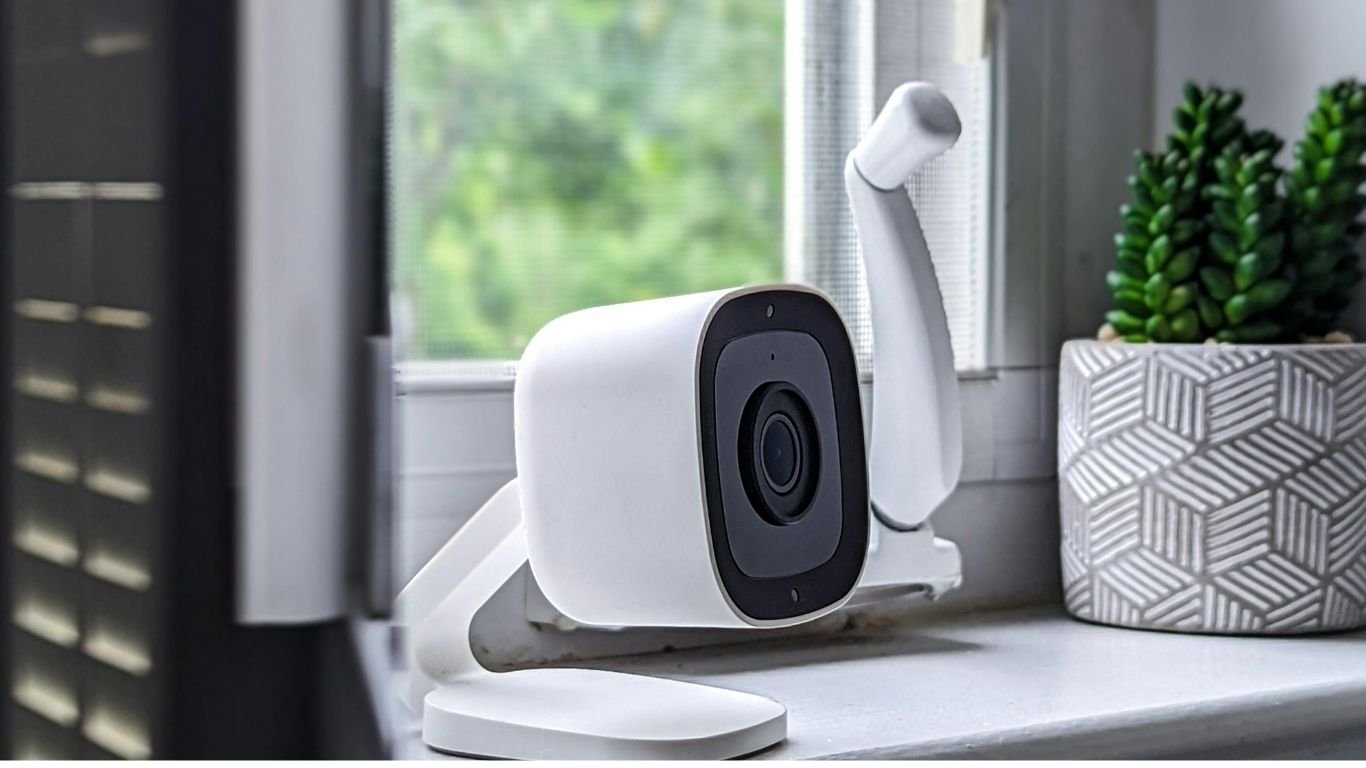When people think of education, they picture the giants first. Which is totally understandable, usually it’s those huge universities with stadium-sized campuses, corporate-level marketing budgets, and names everyone recognizes. You could technically put community college under that too if you wanted.
But small schools, on the other hand, can feel like the underdogs. These are the tiny ones, and yeah, they often don’t have the endless funding or a marketing department with ten specialists, but that doesn’t mean they can’t hold their own. Nowadays, it’s a competitive market out there for institutions of all sizes, that can easily be agreed on.
But if you really think about it, those smaller schools have their own competitive advantage too. It’s really about leaning into what makes smaller schools special and finding smart ways to level the playing field.
Personalization Beats Scale
Sure, those big-name schools can be impressive (and depending on what career you want you might actually need something big-name), but you need to keep in mind that they’re also overwhelming. Just think about it; students can feel lost in a sea of thousands, waiting weeks for responses to emails, and getting taught by assistants instead of actual instructors. If you’re in a trade, well, you need something hands-on, and sometimes big schools can’t or won’t provide that (and you’re taught theory rather than being hands-on). But you usually won’t get that at smaller schools.
Besides, those personal touches, like knowing students by name, creating smaller class sizes, or offering mentorship, become the selling point. For the most part, you won’t find that many larger schools offering that (since the classrooms and the classroom count are made to be large).
Just Embrace Technology the Right Way
Well, sure, it’s easy to assume that only big institutions can afford cutting-edge tech. Maybe they can afford big agencies to help them out, or even get people on board in-house. But at the same time, technology has become more accessible than ever for smaller-scale businesses. Actually, tools for scheduling, online learning, student management, and even communication platforms can make a small school look just as polished as a large one.
Just go ahead and take specialized programs, for example. A cosmetology school doesn’t have to juggle student hours and state board requirements with pen and paper anymore, since nowadays theres software for cosmetology schools that can handle it all so seamlessly, which makes the school feel modern, efficient, and professional.
This is just one example, but for just about every school out there, you can count on different options.
How about Highlighting Flexibility?
Believe it or not, but large institutions tend to be slow-moving. Just think about it; it tends to take them years to change curriculum, update policies, or even add a new course. Small schools don’t have that problem. Well, they can adjust quickly, whether it’s adding a class that students are asking for or experimenting with a new teaching approach.
Just Showcase Real Community
It goes back to the whole personalization thing mentioned earlier. There’s something special about walking into a school where people actually know each other. In smaller settings, students build friendships faster, staff create stronger connections, and alumni tend to stay involved long after graduation. It matters because that sense of belonging is something you just don’t get in lecture halls with 500 people.







